Kashmiri shawl is the epitome of luxury, and this fact is not hidden from any patron in the world. One such Kashmiri Shawl is Pashmina. What remains a mystery is its making. There are lovers of the art who would go an extra mile anytime for a Pashmina shawl. Yet do not have any idea about its history or making or anything else associated with it. Just the end product and they are done for almost a lifetime.
But isn't it important to know the history or origin of something that you cherish so much? There are Kashmiri Pashmina shawls which would cost around a million. There are some which get ready in a time of five long years. Shouldn't you be concerned about why it took such a long time for it to be prepared?
It's 2021. And we think an educated customer is better than one who isn't aware at all. To know what you are eating is as important as knowing what you are wearing. Hence this blog is coming up to make you aware of the ever loved, ever cherished Pashmina shawl. We go back to its birthplace ‘Kashmir’ and dig deep into how it all started.
Kashmir - the Paradise on Earth
A scenic beauty Kashmir remains far away in the lap of the Himalayas with a history of over 4000 years. Kashmir was once known as ‘Holland of the East’ by western travelers. It was one of these travelers, who discovered Pashmina and called it Cashmere. He cleverly named it after its homeland (that's how a westerner would pronounce Kashmir). Even when the Mughals ruled over India, they were fascinated by the quality and texture of this luxury fabric. Emperor Akber loved Kashmir and every single thing associated with it. Emperor Jehangir expressed his love for the beautiful valley with his poetic words - ‘If there is a heaven on earth, it is here, it is here, it is here’. Kashmir began to be called by various names in the centuries. It was called the heaven on earth, the paradise on earth, the valley of saints, and more unpopular terms.
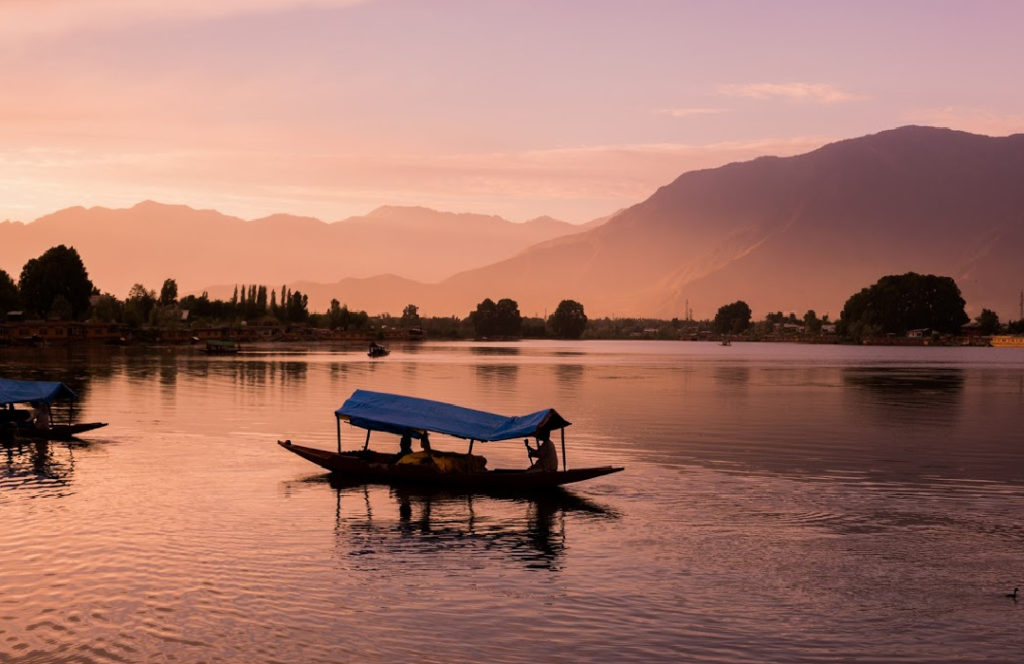
At many scenic destinations in Kashmir, ancient architectural monuments and palace-like buildings can be seen in the middle of cities. The summer capital Srinagar has a history beyond the 3rd century BC and historic places are still open to the public. Monuments, parks, buildings and so many other souvenirs from the past can be easily seen and visited any day. Some believe that the Great Pandavas of Mahabharata have lived centuries ago on this land.
Kashmir and Art
Srinagar city is also very well known for shrines and tombs which date back to even a thousand years. And worshippers throng them every other day. These shrines are built-in memories of great saints who visited Kashmir centuries ago & brought with them the teachings of Islam. Many ancient mosques can also be seen in the heart of Kashmir valley which has histories of their own.
There are some places filled with legends. Roza Bal was claimed by people to be the resting place of Jesus Christ. Soliman Taing (Throne of Solomon) which the locals believed to be a place where King Solomon (PBUH) had lived. Some theories narrated say that Kashmiris are the lost lineage of Jews and that they were expelled from Jerusalem.
Crafts and art entered the valley of Kashmir when a famous Sufi saint named Shah I Hamdan came with a group of artisans. Other than preaching locals the lessons of spirituality, religions, and basic human values, He trained locals in various arts and crafts. His Irani (Hamdan) artisans themselves spent time with the locals and let them practice crafts from Iran to make them specialists in the same. Carpet Making, Papier Mache, wood carving, shawl making, and others were some crafts that were taught to locals. This craft-making helped grow the local economy and made Kashmiris independent. Even if times were hard for the locals, these skills never forced them to beg.
Kashmiri Pashmina Shawl
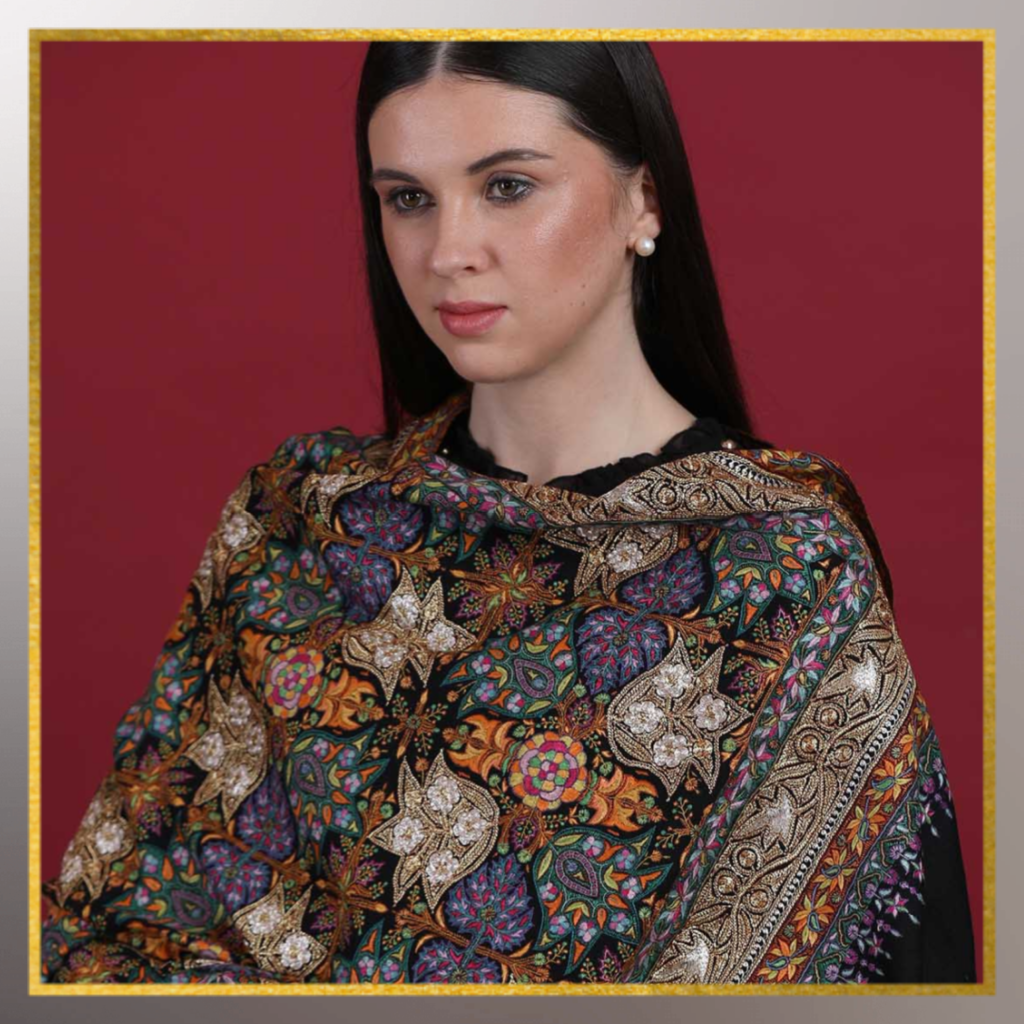
One such craft that came from Shah I Hamdan’s artisans was ‘Making of the Pashmina shawl’. Kashmiri artisans achieved perfection in Kashmiri Pashmina shawl making with the coming of Shah i Hamdan. It was the 14th century. Kashmir was ruled by King Zain ul Abideen (locally called Budshah which means Great Emperor). This was the same time when the making of Pashmina shawls reached its zenith. Most of the people remained associated with shawl making during this period. In fact, during the 1940s - 1950s, Kashmir had one of the largest Mulberry Silk Factories in the world.
The handicraft sector saw the very first decline when Yusuf Shah Chak was captured in Delhi by Akber’s army. Akber wanted to rule the valley himself. Yusuf Shah Chak died around 1586 AD. And Kashmir was for the first time under a ruler they were not familiar with.
History of Kashmiri Pashmina Shawl
It was in the 16th century when travelers from the west arrived in Kashmir through the silk route. They discovered some fascinating crafts and art hidden in this valley. Travelers from Britain and France were the first ones to discover Pashmina. The sumptuousness and softness of this special wool overwhelmed them and they named it Cashmere. The high officials and affluent amongst them sent some Pashmina shawls as gifts to each other, their queens & family members. Extraordinarily soft, exceptionally woven, light as a feather, and warm as the summer sun - Pashmina shawls earned the admiration of Mughal Kings and Queens of the British empire. Royals were seen regularly buying Pashmina shawls from Kashmir and lavishly using them in their noble courts.
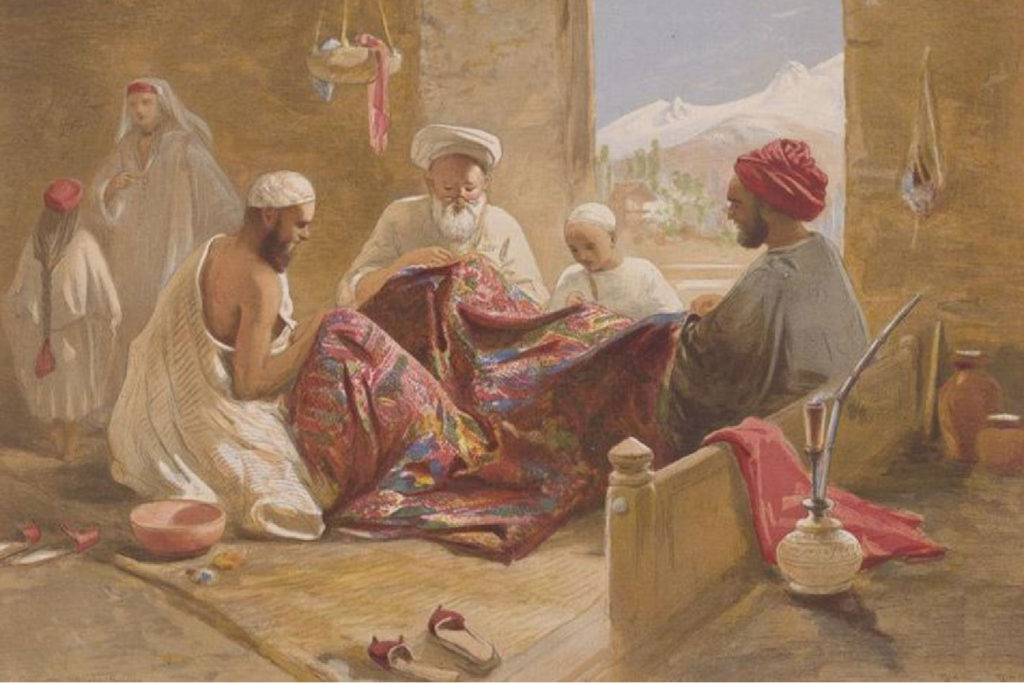
Kashmir’s Pashmina shawl was special. It was handspun, handwoven, and dyed with a vegetable dye. Note that it wasn't a handloom, but a special wooden traditional loom that was used to weave Pashmina. Hence, in a way, the Pashmina shawl from Kashmir was all-natural. This unique art was soon made copies of to sell all around the world, as it inspired the imagination of many designers and artists.
Pashm - Raw Pashmina Wool
The name Pashmina comes from ‘Pashm’ - a Persian word that translates to ‘soft gold’. It was Persians who came as preachers to the valley of Kashmir. They discovered this soft fleece over the throat and underbelly of the Capra Hircus goat and called it Pashm. The goat is found 15000 feet above sea level in the Himalayas in the Ladakh region of Jammu and Kashmir. This goat is the only goat in the world that can produce a fibre of a diameter less than 12 microns, which in itself is amazing.
It is believed that, if the same Pashmina goat would be separated from its local environment, it wouldn't grow Pashm of the same type! The altitude, temperature, air pressure, and geographical conditions that are found in the native area of this goat are all factors that help grow Pashmina of 12 microns diameter.
How is Kashmiri Pashmina shawl made?
Original Pashmina shawl weaving is a labour-intensive process. It takes huge efforts of strongly skilled men & a time period of some years even to complete one shawl. It is said that amongst the 30 people who work on a shawl if one artisan passes away, the entire work stops. Such specialized are the skills of every single artisan. It takes around a month to spin just 100 grams of Pashmina yarn on a traditional wheel (called Yinder) even when working for 7-8 hours every day. Later it reaches a weaver, who takes around 7-8 days to weave one Pashmina shawl (120*80 cms).
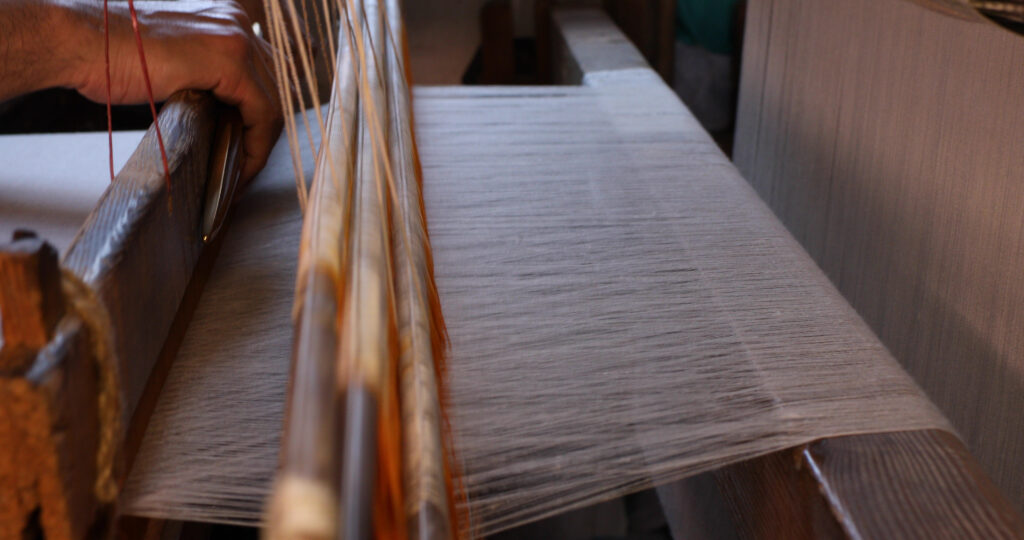
When Pashm (raw wool) is acquired from Ladakh, it is full of dust and dirt. Only after properly cleaning and sorting it, it is sent to Kashmir to get spun into yarns. Only Kashmiri women are able to spin the fine and delicate thread out of Pashmina raw wool on the Yinder. Kashmiri women have long mastered the skill of Pashmina spinning. In fact, it is these exceptionally skilled women who used to spin Shahtoos fibre in the days when it wasn't banned yet. Note that shahtoosh fibre has a diameter of 9 microns (a human hair is about 50 microns)
Weaving a Pashmina shawl
The spun yarn is handed over to weavers who mount it over the traditional loom. It would be worthy of mentioning that handloom is different from a traditional loom. Experts say that genuine Pashmina can only be woven over a traditional loom. Even a handloom would be harsh for its delicateness and fineness.
After weaving, the shawl is hand embroidered. This sometimes takes just weeks and sometimes more than 5 years to complete depending upon the design.
Fake Pashmina Shawls
Kashmiri handicrafts are known all over the world mainly for being handmade and thus sophisticated and intricate. But unfortunately this quality of theirs is facing a serious threat from fake and substandard products. Similar is the case of Pashmina. Machine made lookalikes or pure wool shawls have taken over markets claiming to be pure Pashmina shawls. Local artisans are aghast and blame some deceivers to malign the brand Kashmir. These deceivers introduce fake copies into the business and defame the art of making pure Pashmina.
Cheap shawls produced by power looms in some factories in Punjab are other states outside JK are being sold as Pashmina shawls to less aware customers. Machine made shawls and Amritsari shawls are being sold as handmade Pashminas. It is just because the customer is innocent and doesn't know how to identify a pure Pashmina.
A pure Pashmina shawl would be an heirloom asset which would pass through generations. Mothers would gift their Pashmina shawls to their daughters especially on the day they were getting married. So high was this piece held by locals. However as its quality diminished and fake copies spread all over the place, the value of Pashmina shawl deteriorated. And no mother would want to give her daughter a fake Pashmina. There was something to be done to tackle this issue.
Kashmiri Pashmina shawl gets Patent!
In a welcome step to check the spread of fake Pashmina shawls, the central govt has decided to award it with a patent. Under the Geographical Indication (GI) of goods patent, Kashmiri Pashmina shawl now has its own logo.
This step was taken to preserve this ages old art of spinning and weaving a genuine Pashmina fabric. The Govt of India established a quality mark for original Pashmina. It recognizes items which are made from pure Pashm obtained from Capra Hircus goat of Ladakh.
What is the GI Mark?
Geographical Indication (GI) mark on a Pashmina is a US patent stamp. This sign is used on some unique products to show that these products correspond to a specific geographic location or origin. The GI Mark hence is a certification that this specified product possesses certain qualities which are not found in the same products manufactured at other locations.
GI Mark further specifies that a specific product is made according to traditional methods of a place. And that it has a certain reputation because of originating from a particular place.
Putting this into simple words, GI mark is like a stamp which can be found attached somewhere to the corners of a pure Pashmina shawl. The shawl hence has three major qualities.
- It is hand spun on the traditional Charkha called tinder in Kashmir.
- It is handwoven on a traditional wooden loom.
- The fibre used in the shawl has a diameter of 12 to 16 microns only.
This is done at the Craft Development Institute Srinagar (CDI). Here Kashmiri Pashmina goes through several quality checks using electronic microscopy, physical and chemical tests before labelling a product. This label or stamp is patented and under UV light, a person can easily see 100% Genuine and Registered Pashmina. A registration number on the stamp can be checked online which shows the manufacturer, his address and contact.
Pashmina Shawl is Dying
Even after receiving the helping hand of local and central government, Kashmiri Pashmina is still facing challenges and obstacles to survive. It started during the late 90s when shawl manufacturing first saw decline. Be it the invention and use of modern machinery or lack of vital information, it is sometimes the labours and sometimes the sellers who continue to face challenges.
Challenges faced by Pashmina Artisans
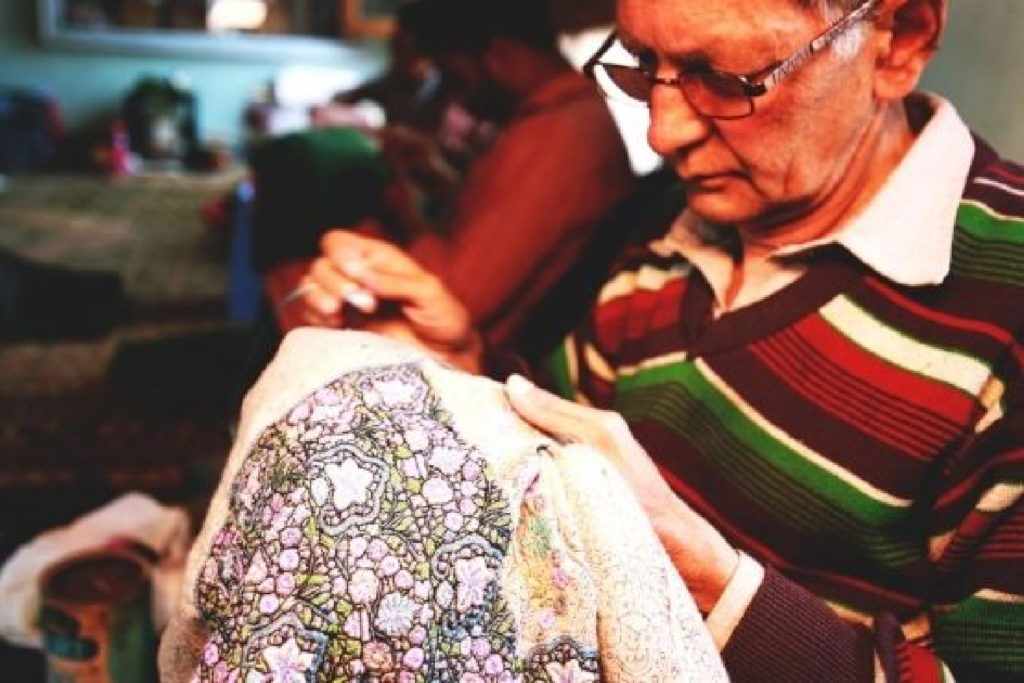
Low income
The main problem faced by the artisans of Kashmir who make pashmina shawl is their income. The average income of a Pashmina artisan is as less as Rs 200-250 per day. This is extremely low if present market conditions are taken into account. This is the condition of those artisans who are engaged with handmade Pashminas, hence the reason for switching to machine made shawls. A machine made shawl is stronger and takes less days to complete one shawl. A machine made shawl fetches some 2000-3000 rupees more than a handmade would. Therefore it becomes the major cause why artisans with expert skills in hand making shawls are switching towards machine mades.
Raw materials like thread, needles, or other assisting tools which artisans need are increasing in value day by day. But since artisans do not have any other source of income, they are willing to work on even low wage. This makes their condition miserable.
Lack of Financial support
A large number of artisans are forced to work for a manufacturer because of the non availability of his own loom or other resources. When working under a manufacturer, artisans are bound to obey his commands which might include working on a little income. Hence financial support is needed for an artisan to set up his own working material. This would include a loom, which is not available at all.
Slow transfer of money
The artisan gets his payment only when a shawl is complete, and that too in installments. Hence an artisan, who could have taken a bank loan to set up his own loom will never be able to repay the loan with interest. This will be more problematic for him.
Ban on Shahtoosh
Working on Shahtoosh would fetch an artisan double than what he gets from working on Pashmina. Hence artisans would plead administration to acquire raw material from chiru goats without killing it.
No or less access to the market
If an artisan decides to work independently, it invites a lot of issues. Firstly he has to look for customers himself, then travel to the market himself to buy materials, then market his shawls himself and other activities which lead to profits and sales. But his financial condition does not support even the basic activities, let alone be the secondary ones.
Involvement of too many parties
The supply chain of the Pashmina shawl is built of a number of middlemen. It is because of these middlemen that Pashmina shawls are sometimes sold at higher rates and all the profits go to the middlemen themselves. Middlemen travel to Ladakh and buy raw material in bulk, sending it straight to machine owners because an independent artisan would need it in lesser quantity. Hence independent artisans find raw material difficult to acquire.
Old Age
Maximum artisans with Pashmina making expertise are over the age of 70. In addition to old age, artisans are found to have a number of health problems like weak eyesight, neck problems, back strain, and many more.
Modern designs
Many artisans would have worked independently if they had proper knowledge of what would work in the market at present. But since old age, lack of awareness, and less customer base does not allow our artisan to do his research, he again falls into the hands of their masters. It is their masters who ask them to design a shawl in an in-vogue design and they work just as he commands them to.
Lack of platform to support artisans
The supply chain of Pashmina consists of a minimum of four people. Herders to artisans to manufacturers to the customer. Never has an artisan had direct contact with the customer so that he could get as many wages as he deserved? This leads to the distribution of profits amongst the many members of the chain and leaves a meager amount for the underprivileged artisan.
Machine made
Last but definitely not least - since the advent and use of machines, artisans of the handmade have suffered the worst blow. Machines are considered good when it comes to cleaning or dehairing raw wool. But spinning and weaving on machines and power looms are detrimental to the entire craft. No doubt that machine makes shawls faster and hence an artisan is able to earn more than handmade could ever fetch him.
Challenges faced by traders and manufacturers
It's not just artisans, even traders or dealers of Pashmina shawls face their own set of problems. We listed a few here:
Dearth of Raw Material
As per manufacturers of Pashmina shawls, the raw material isn't easily available in the market and even if it is, the quality is compromised. Kashmiris usually do not have direct access to Ladakhi herders and hence need middlemen to intervene. These middlemen aren't always honest and might charge more than what is the fair price. Moreover, the cost of raw material has anyway increased from the past 10-15 days which small scale manufacturers can’t afford to buy
Less women spinners
One of the biggest setbacks in the manufacturing world is that women have given up on spinning yarn. This activity was once thriving and every household has at least one Charkha (locally called Yinder). In fact, women used to manage their day-to-day expenses with help of this income. But as time passed, the income began to look meager. Women used to get Rs 100-150 per day which wouldn't even suffice the basic needs. Hence this activity of hand spinning was abandoned, such that in the present scenario, it is much difficult to find women who spin the wheel.
Dishonest Weavers
In order to increase the production of Pashmina shawls, there are weavers who weave Ladakhi Pashmina with Chinese Pashmina or pure wool, thereby decreasing the quality of the final product that the manufacturer has to deal with. Machine owners usually mix other types of yarn with pure Pashmina, and because of high production, this forgery actually works for them.
Problems with the Management
Manufacturers and traders blame the management, which was set up for the provision of authentic Kashmiri goods to the public, for not functioning properly. The employees working in such institutions which had been set up to assist the local artisans do not play their roles actively and leave the artisans to the mercy of manufacturers who are themselves more or less suffering.
Registration institutions
There are several privileges provided by the state and central government to those traders who work directly under them. Hence those traders who aren't registered with the government tend to suffer. The reason for not registering with the government is less awareness of these traders. Some of them claim that they do not know that a government institution even exists, while others do not want to waste their time in “useless” formalities and activities.
Ban on Shahtoosh
According to traders, the ban on Shahtoosh has been the most detrimental activity when it comes to their income. Traders say that the process of making Pashmina and Shahtoosh is almost the same, but Shahtoosh would earn double of what Pashmina making would fetch. This group of manufacturers and traders urge the government to take steps so that the Chiru animals aren’t killed to extract Shahtoosh.
Selling of Fake Pashminas
Traders are agitated by the fact that the Kashmiri Pashmina shawls which used to sell like hotcakes all over the world have no buyers now. They blame the dishonest sellers who make fake copies of Pashmina shawl and sell them at hefty prices claiming the shawls to be pure.
Pashmina is a generation-old craft and the makers of Pashmina shawls have been in this business for centuries. But in recent times, even those traders who don't have any prior knowledge of the craft start manufacturing the same. The result is that quality is compromised which affects the sale of even those pieces which are 100% pure and authentic. Again shawls manufactured in other parts of the country are sold as Pashmina, even though they are either pure wool or Pashmina mixed with silk
Less market awareness and research
There were times when artisans made a shawl or embroidered a shawl with their own choice of designs or weave. But now the customer is smart and aware and wants the designs to be customized. This is a problem for the old aged or illiterate Pashmina trader, who hasn't adapted his work to the modern world. Modern customers' needs are absolutely different from the past. Yet traders seem to be indifferent toward this change which is a major contributor to their loss and outmoded work.
Rate system
There is no fixed rate for Pashmina shawls and traders, whose pieces aren't as pure, tend to sell their Pashmina shawls at lower prices. This becomes a hindrance for pure shawls to gain their worth. And since the fake sellers are more in number with more products in their stores, it is the sellers of Pure shawls who always have to compromise.
A lot of people have a wrong perception about Pashmina that Pashmina is acquired from a goat only after killing it. This is not true. A Pashmina goat grows the Pashm in winters naturally to keep itself warm, but this wool makes it uncomfortable in summers. Hence it rubs itself with rough rocks and shrubs to get rid of some portion of this wool. The rest is ethically combed off from its body and it enjoys a pleasant summer.
Lack of proper training centers
Some training centers which were set to enhance the skill of Pashmina makers and traders have not lived up to the expectations of the administration. The reason is solely less attention toward these centers and fewer salaries paid to the trainers because of which they opted out of this profession.
Increasing demands
The increasing demands of foreign markets have led to the making of fake Pashmina shawls because the magnitude of the order is high. Hence generally traders mix Pashmina with wool or silk and sell a large number of pieces internationally. This leads to a decline in the manufacturing of pure shawls as the honest traders aren't able to cope up with the competition.
Be it labourers or traders of the craft, it is pure Pashmina that has suffered. A craft that in the past would make ends meet for the poor and be an heirloom piece for the affluent is now a common accessory that people wear casually, just because it isn't Pashmina at all. A helping hand, a platform, assistance, and encouragement was all that was needed to let this craft bloom again and reclaim its lost glory. That is how and that is why we, Pashmina.com came into existence.
Kashmiri Pashmina Shawl and Pashmina.com
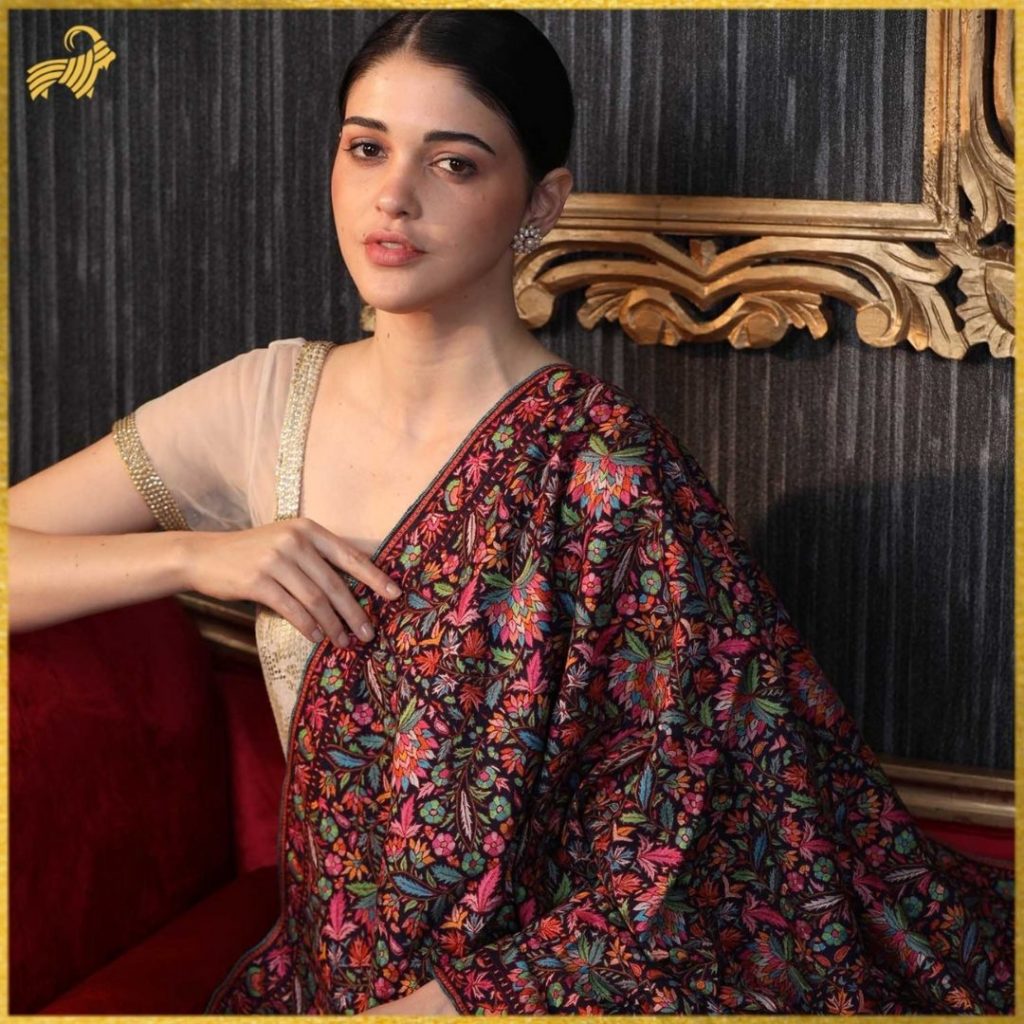
Pashmina.com came into existence when a group of nature lovers were overwhelmed with their mundane techno jobs and decided to go for an outing. To Kashmir. And that's where we fell in love with a Pashmina shawl. Pashmina made us follow it until we reached Ladakh and found out its origins. Getting in contact with herders in Ladakh, and then artisans like spinners, weavers, embroiderers, and other craftsmen associated with Pashmina making was a tedious job. Since we had found out our purpose, nothing could hinder our research.
It was at this same time we realized the plight of the grassroot artisan and made our minds to cut out the middlemen in the chain. At Pashmina.com we work directly with the grassroot artisan, hence providing him the actual worth of a Pashmina shawl or other accessories. Later the shawls are patterned further by designers and marketed all over the world. Pashmina.com reserves 5% of its profits for the well-being of the artisan.
A number of our programs work for the empowerment of underprivileged communities especially women and children of poverty-stricken families who are employees with no other source of income. We facilitate their education to make them employable and contribute towards the wellbeing of their family and society as a whole.
How Pashmina.com helps solve the Artisan’s problems
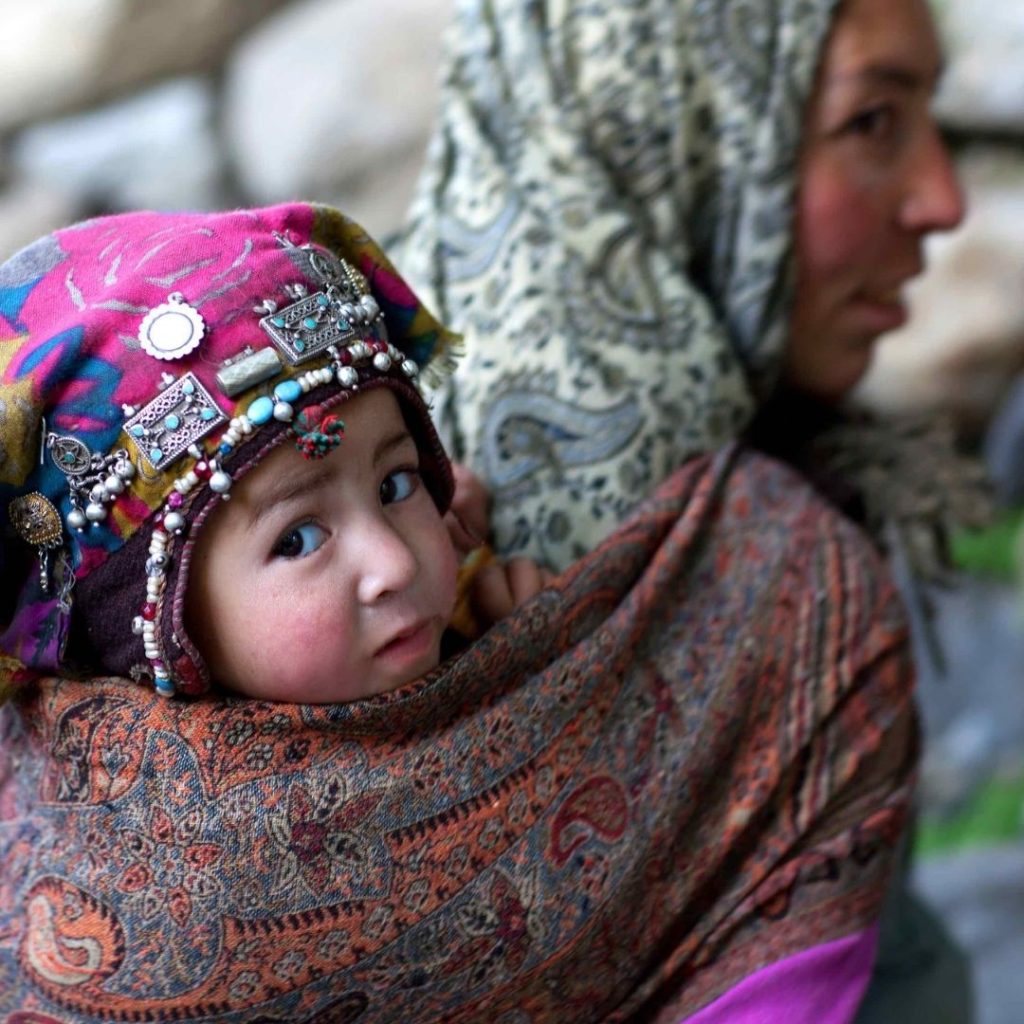
The idea behind Pashmina.com has been to reintroduce to the entire world the treasures of Kashmiri Pashmina shawl. But in addition to that, we are determined to empower its makers without whom the most luxurious fabric wouldn't have been existing in its purest form. A few problems that artisans faced have been tackled easily because of the omission of middlemen who would eat up maximum profits and leave negligible amounts for artisans.
Issues of Artisans that Pashmina.com has been able to solve
Lack of Financial support
Artisans lacked financial support due to which they had started to switch to meager jobs to support their families. Pashmina.com has provided a lot of financial help to the artisans and a number of artisans have happily agreed to come back to Pashmina making
Slow transfer of money
Our model is such that we pay the artisans at the start of the agreement. The artisan never has to wait for money.
No or less access to the market
Artisans who never had access to the market dont even need it when they are working with us. It is us who market their products and inform them about any change that takes place.
Involvement of too many parties
It's just us and our artisans. No middlemen, no retailers and no profit centres have been set up which do more harm than good.
Old Age
We work with young as well as artisans who are 70 years plus. But we make sure to work with them ethically and assist them in whatever way we can
Modern designs
We keep our artisans well aware of the market trends and fashions so that their pieces are never outdated. This way if they want to sell independently, their pieces will sell like hot cakes
Lack of platform to support artisans
Artisans never found a platform to market the Pashmina which was worldwide famous in the past. But we being an international platform assist them with their handmade pieces and sell them in countries where the artisans couldn't have imagined
Machine-made Kashmiri Pashmina Shawl
Since the advent of power looms, artisans considered themselves outdated. But at Pashmina.com, we concentrate more on quality than quantity. Even though it might feel that we add fewer pieces to our collection per year, all of those are handwoven over traditional Kashmiri looms and 100% pure, original, and authentic. We provide the certificate of authenticity with each piece that has been awarded to our collections by Craft Development Institute (CDI) Srinagar. (CDI is an autonomous body set up by the State and Central govt to develop handicrafts in Kashmir)